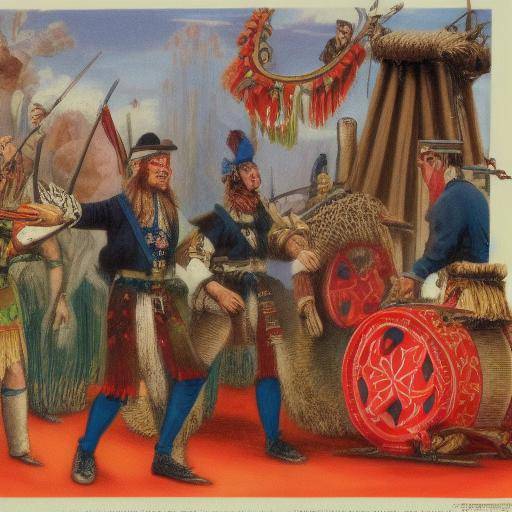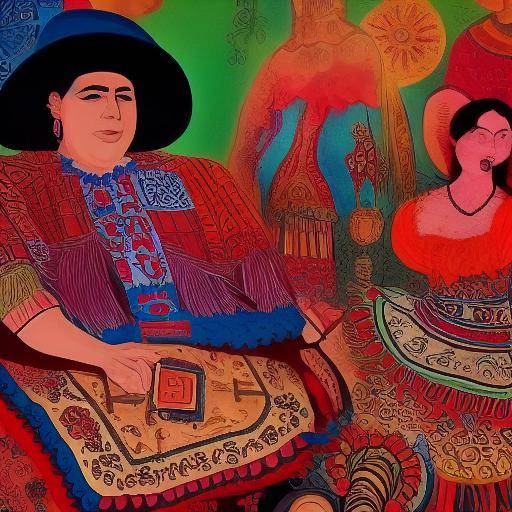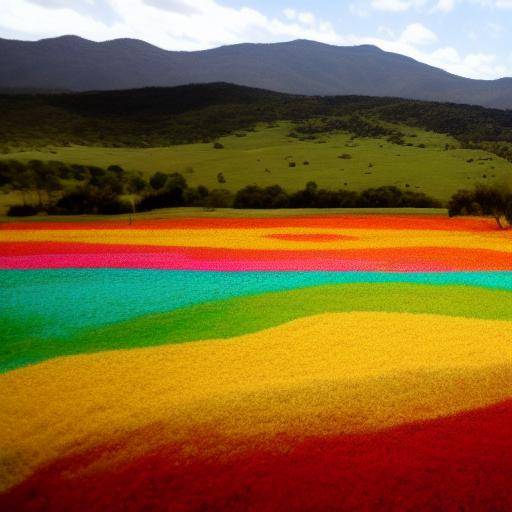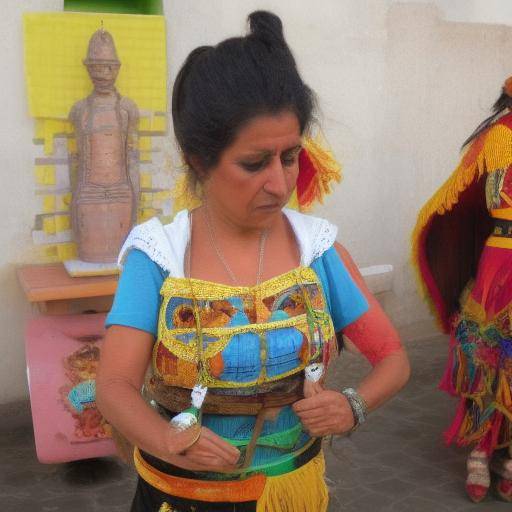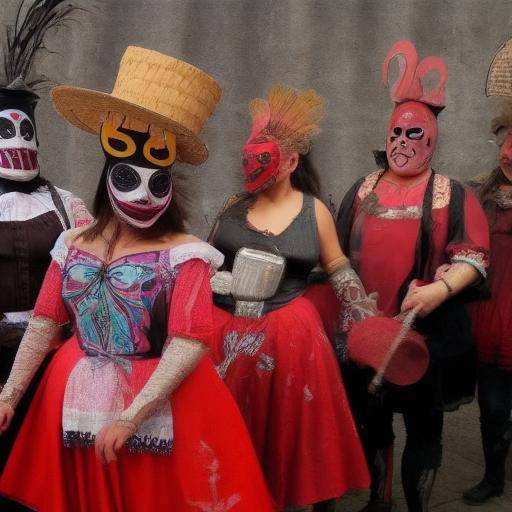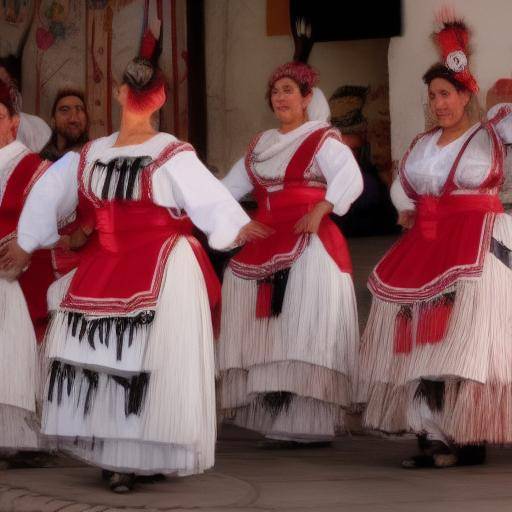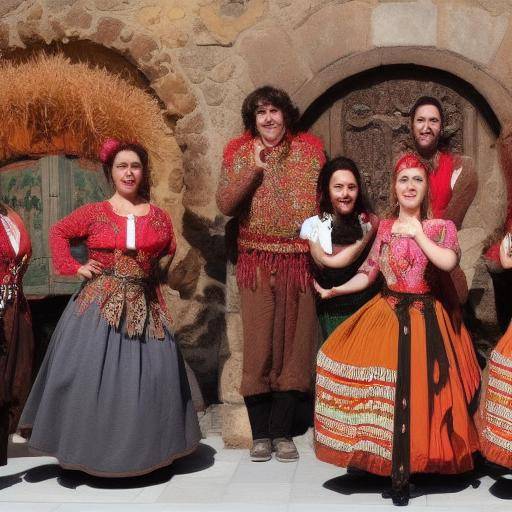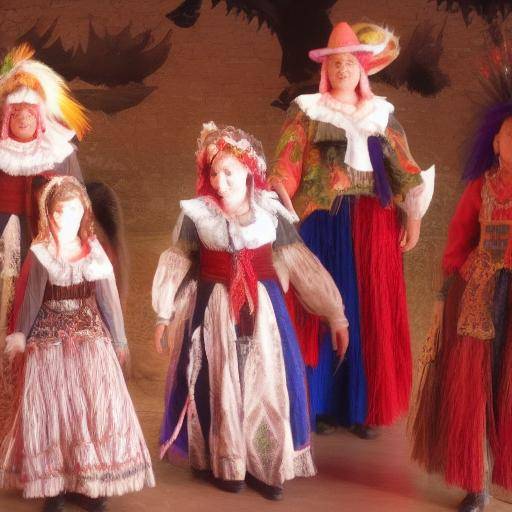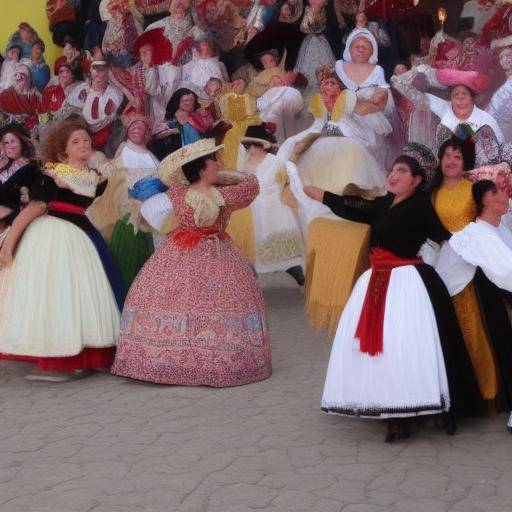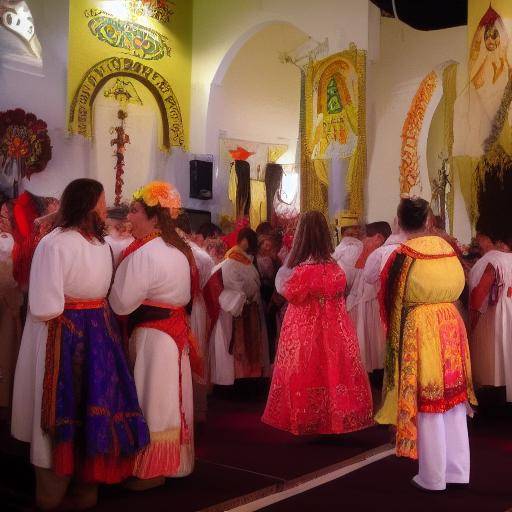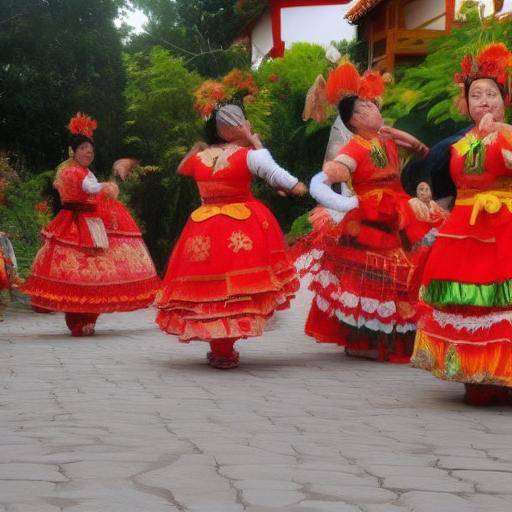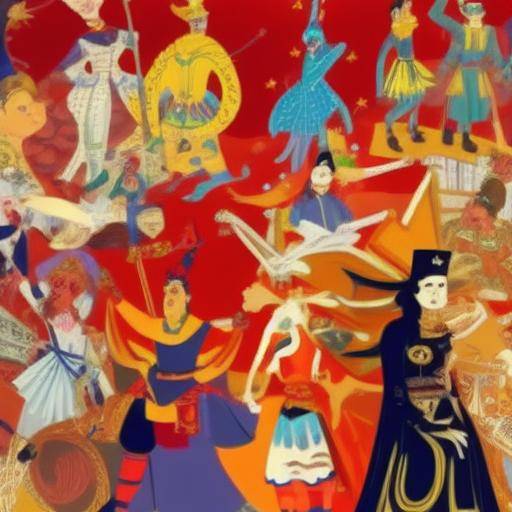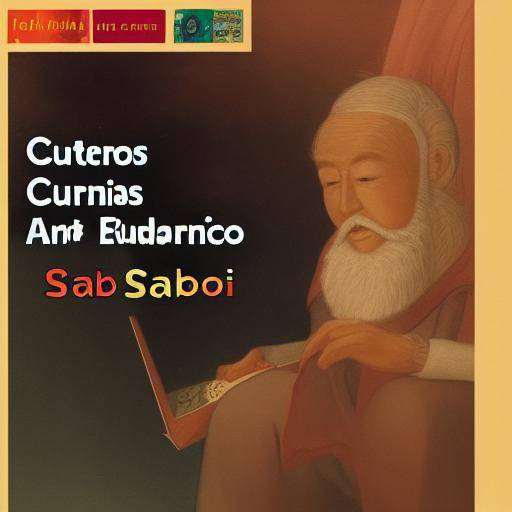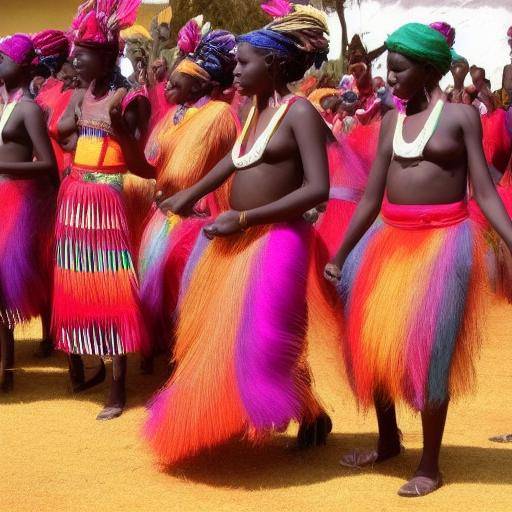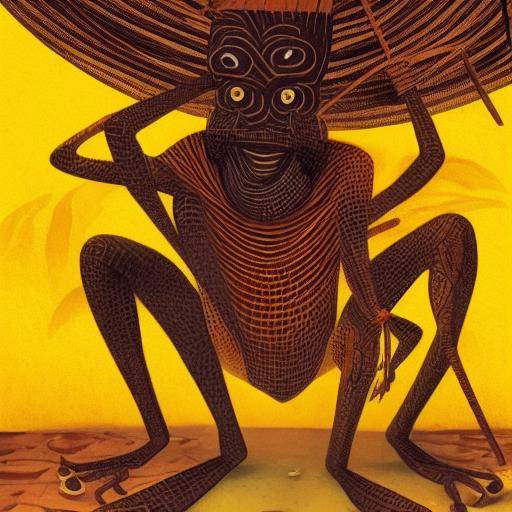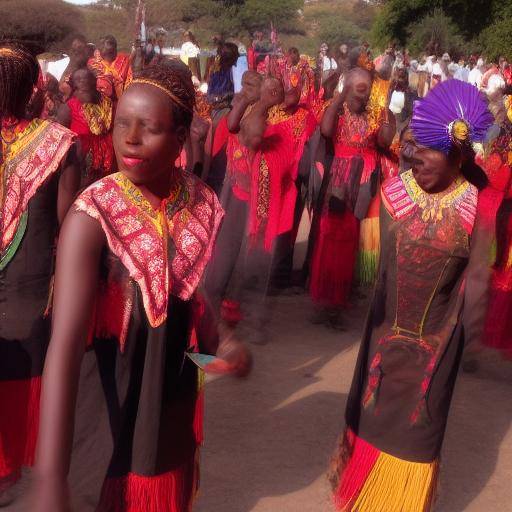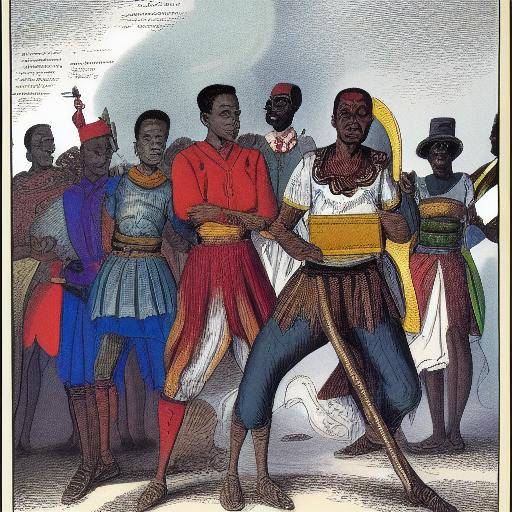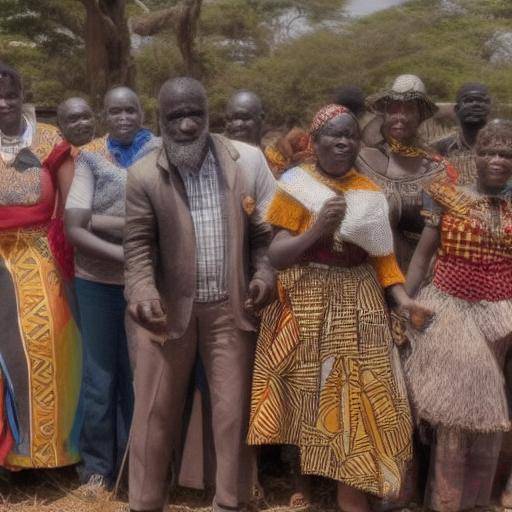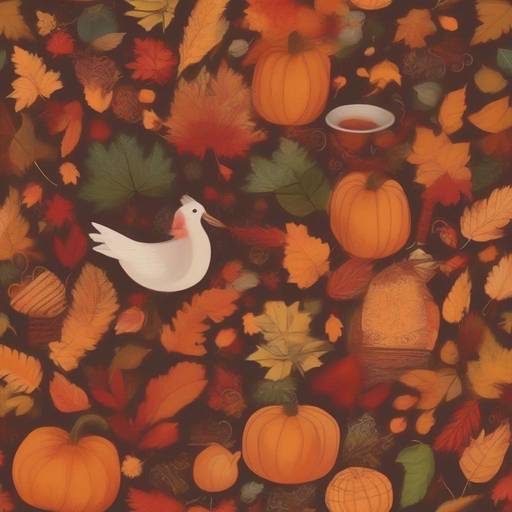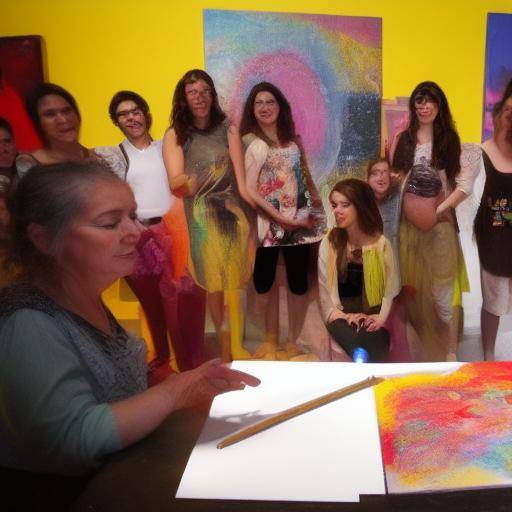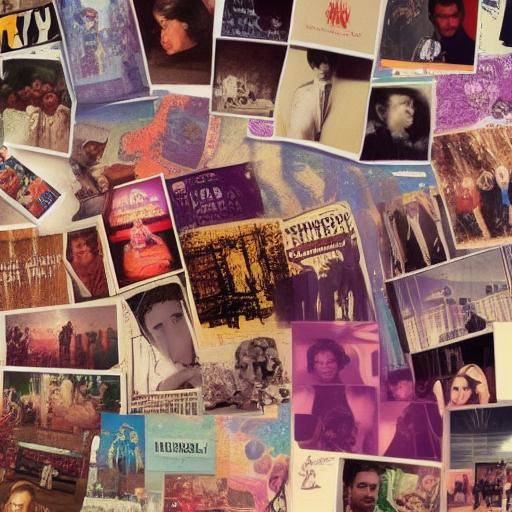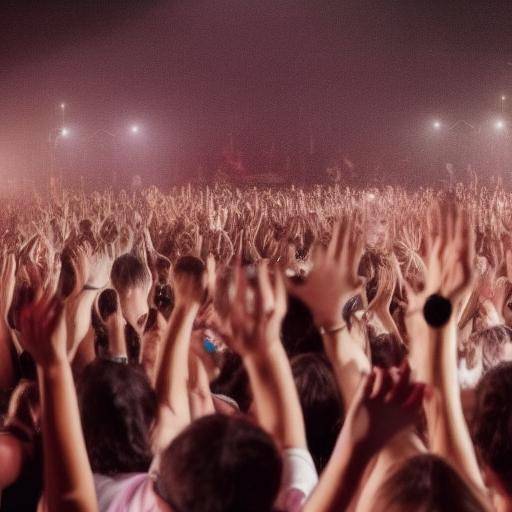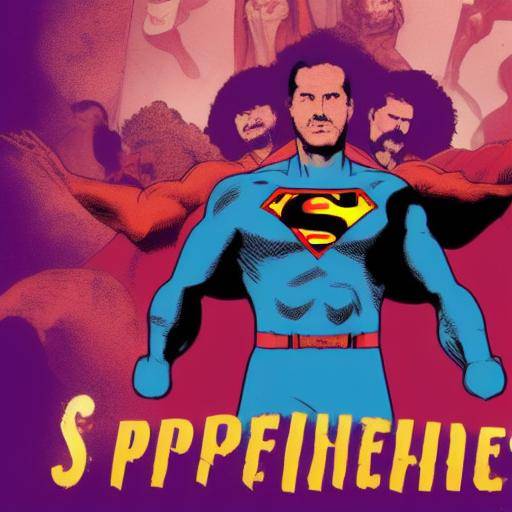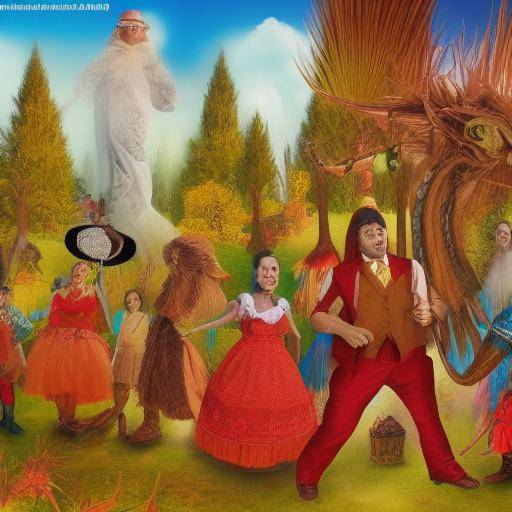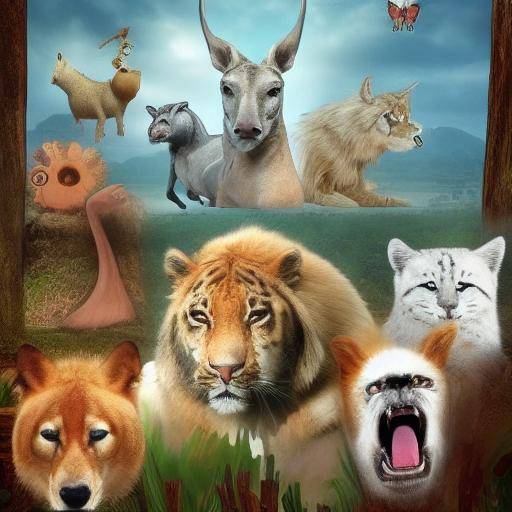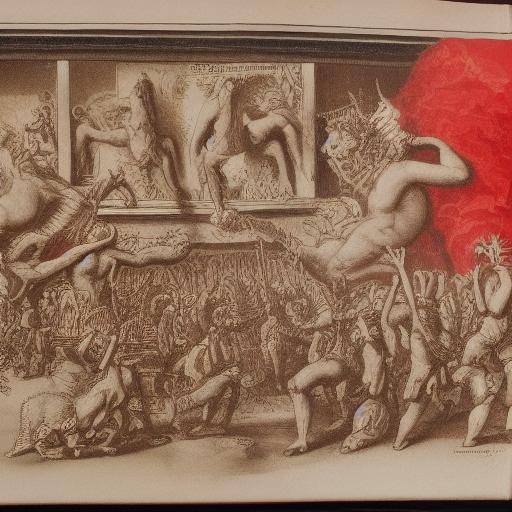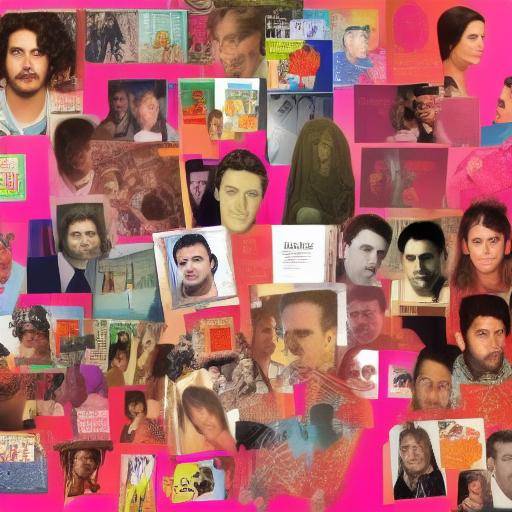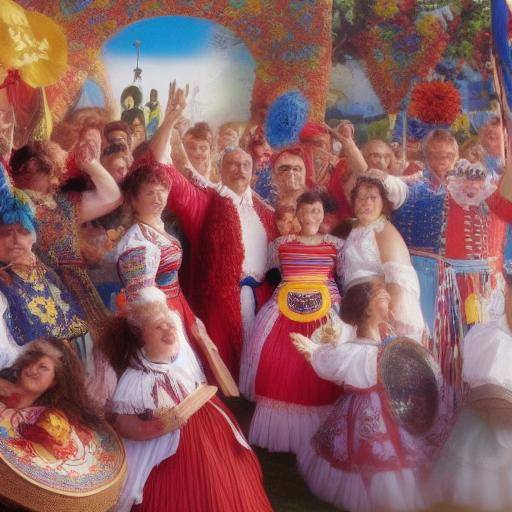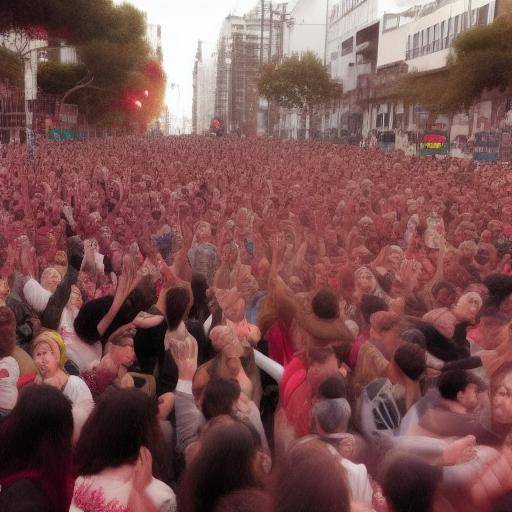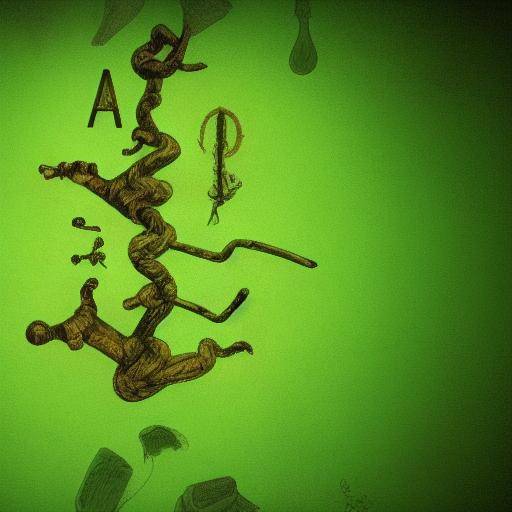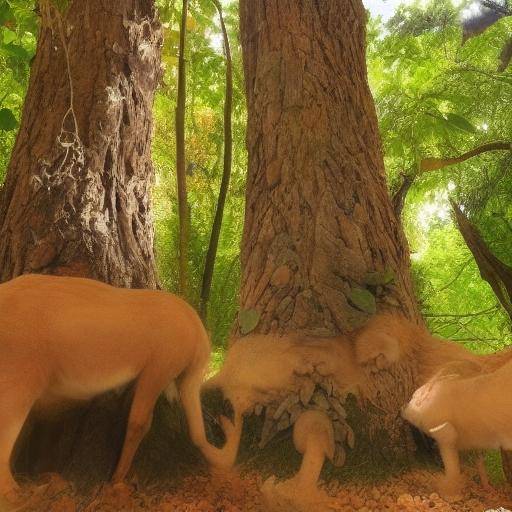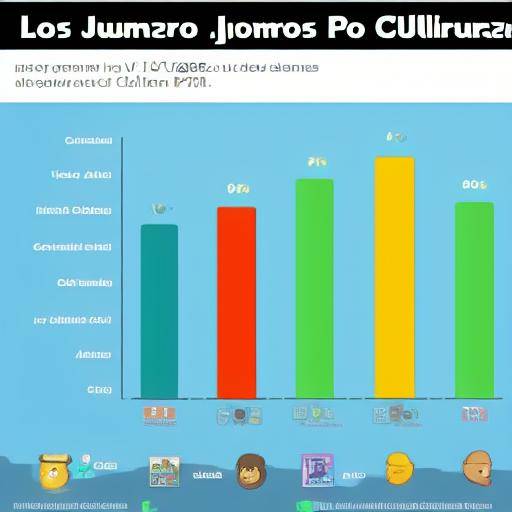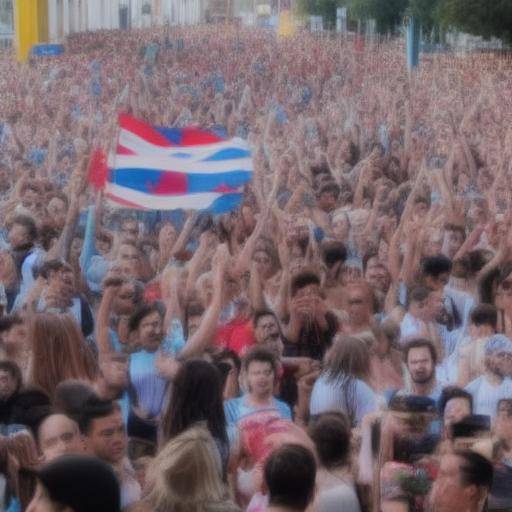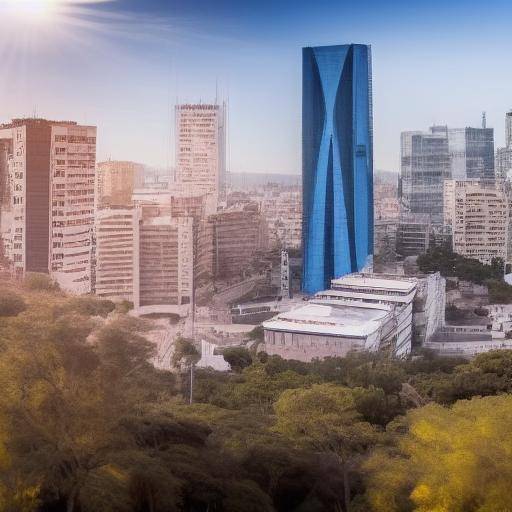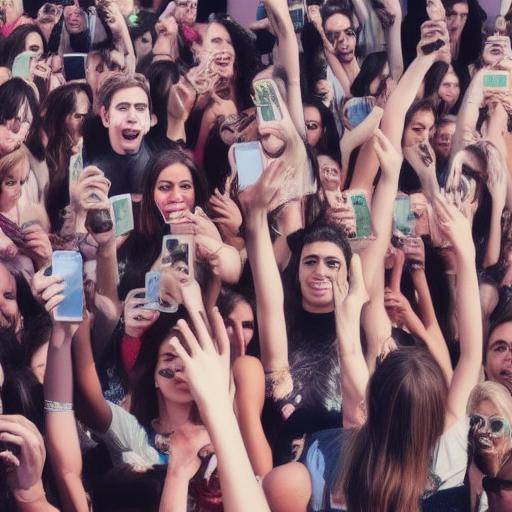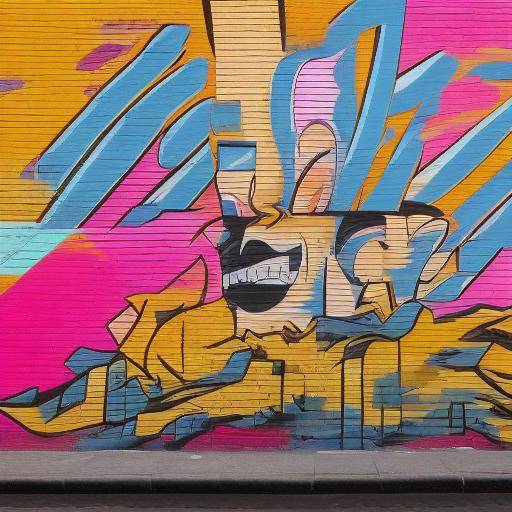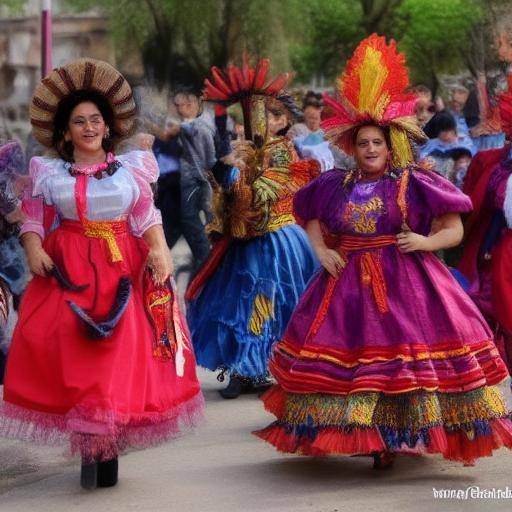
The masks have a long history in Latin American traditions and culture. From ancient civilizations to the present, masks have played a significant role in the folklore and cultural identity of the region. In this article, we will explore the rich history, cultural significance and the current relevance of masks in Latin America, as well as their relationship with folklore and culture in general.
Introduction
The masks have a mystical and enigmatic presence that has intrigued Latin American societies over the centuries. From religious ceremonies to popular festivities, masks are used to express identities, interpret roles and give life to mythological accounts. In the current context, the symbolism of masks remains a vital part of Latin American culture, transcending borders and generating a lasting impact on the collective identity of communities.
In the following sections, we will undertake a journey through time to discover the essence of masks in Latin American folklore and culture, exploring its origins, evolution, contemporary application and its influence on cultural and artistic perspectives.
History and Origins
The masks in Latin America have deep roots that go back to ancient pre-Columbian civilizations. In Mayan, Aztec and Inca cultures, masks were intrinsic elements of religious ceremonies, funeral rituals and theatrical performances. These masks symbolized deities, spirits and sacred animals, and served as a link between the earthly and spiritual world.
With the arrival of European conquerors, the use of masks experienced significant changes. The influence of Catholicism, combined with indigenous traditions, led to cultural syncretism, where masks acquired new meanings and were integrated into religious festivities such as Holy Week and Day of the Dead.
During the colonial period, masks also became a form of resistance and preservation of indigenous identities, being used in traditional dances and theatrical representations to keep alive the collective memory of the communities.
Meanings and Symbolism
The symbolism of masks in Latin American culture is varied and complex. The masks represent the connection with the ancestors, nature, gods and spirits, being bearers of ancestral wisdom and historical memory. In addition, masks also express individual and collective emotions, desires, fears and aspirations, serving as a means to explore and share the multiplicity of identities and realities that make up the rich cultural diversity of Latin America.
Mask in Folklore and Traditions
In the context of Latin American folklore, masks play a fundamental role in the transmission of stories, myths and legends that form part of the cultural acquis of the region. From ceremonial dances to theatrical performances, the masks give life to the characters who star in the popular narratives, serving as a tool to preserve and spread oral traditions.
The Mask in Contemporary Culture
Currently, masks continue to be a relevant and vibrant expression of Latin American culture. Artists, craftsmen and designers have revitalized the art of masks, combining traditional techniques with contemporary elements, generating a dialogue between the past and the present. The masks have become icons of Latin American cultural identity, crossing borders and being appreciated in different artistic manifestations, exhibitions and festivals around the world.
Impact on Cultural Identity
The impact of masks on the cultural identity of Latin America is profound and significant. The masks not only encapsulate the history and beliefs of communities, but also function as links to past, present and future generations, in a constant flow of shared experiences and symbolic meanings.
Comparison between Latin American Masks, Folklore and Culture
By comparing Latin American masks, folklore and culture, it is clear that there is a close interconnection between these elements. The masks are tangible manifestations of folklore and culture, encapsulating the very essence of the traditions, beliefs and artistic expressions of the region. Through the masks, you can appreciate the wealth and diversity of Latin American cultural heritage, as well as the many ways in which they intertwine with folklore and culture to shape collective identity.
Practical Tips and Accessible Recommendations
If you are interested in exploring the world of Latin American masks, folklore and culture, here are some practical tips to get into this fascinating universe:
- Investigate local traditions: Dive into the festivals and popular celebrations of the region to discover the various manifestations of folklore and masks in Latin American culture.
- Connect with artisans and artists: Find opportunities to interact with artisans and artists who keep the traditions of masking alive and celebrate the richness of Latin American folklore.
- Explore new contexts: Participate in cultural events and exhibitions that address the relationship between masks, folklore and culture, to expand your understanding and appreciation of these artistic manifestations.
Reflections and ideas for the Future
The legacy of masks in Latin American folklore and culture continues to intrigue scholars, artists and culture enthusiasts. The masks remain an inexhaustible source of inspiration and reflection on identity, collective memory and artistic expression in the region. In the future, it is hoped that the masks and their roots in Latin American folklore and culture will remain the subject of study, preservation and promotion, in order to perpetuate the cultural heritage they embody.
Conclusions
In short, the masks in Latin American folklore and culture represent a fascinating universe of artistic, mythological and identity expressions. Throughout history, masks have been key witnesses and actors in the cultural evolution of Latin America, maintaining deep links with folklore and collective identity.
Frequently asked questions
1. What is the meaning of masks in Latin American culture?
The masks in Latin American culture have various meanings ranging from representations of divinities to expressions of identity and belonging. These masks are imbued with cultural and spiritual symbolisms that reflect the richness of the traditions and beliefs of the region.
2. How have Latin American masks evolved over time?
Latin American masks have experienced significant changes throughout history, influenced by colonization, globalization and the revaluation of indigenous traditions. Its evolution has been marked by adaptation to new cultural and artistic realities, as well as the preservation of ancestral techniques.
3. What holidays or celebrations are masks used in Latin America?
The masks are used in a wide variety of festivities and celebrations in Latin America, such as the Holy Week, the Carnival, the Festival of Candelaria and the Day of the Dead, among others. These holidays are key moments for the display and use of masks in ritualistic and festive contexts.
4. What is the role of masks in Latin American theater and dance?
The masks in Latin American theatre and dance play a crucial role in the representation of traditional myths, legends and characters. Through the masks, a direct connection is achieved with the cultural roots and folklore of the region, enriching artistic and theatrical interpretations.
5. How do Latin American masks relate to contemporary crafts and art?
Latin American masks have influenced contemporary crafts and art, inspiring artists and designers to reinterpret and reimagin these cultural expressions. The art of masks remains an inexhaustible source of creativity and innovation in the contemporary context, generating dialogues between the traditional and the avant-garde.
6. What are the future perspectives on masks in Latin American folklore and culture?
Future perspectives on masks in Latin American folklore and culture point to the continuity of their relevance and influence in artistic expressions, anthropological studies and the preservation of cultural heritage. The masks are expected to continue to be objects of research, valorization and dissemination, both at the national and international levels.
In conclusion, the masks in Latin American folklore and culture are palpable manifestations of the richness, diversity and depth of the traditions, beliefs and artistic expressions of the region. Over the centuries, masks have transcended time and space, witnessing and leading the collective identity and historical memory of Latin America. His legacy continues to resonate today, perpetuating a cultural heritage that remains the subject of astonishment, study and admiration worldwide.
This article has been carried out with the intention of providing a holistic view of the importance of masks in Latin American folklore and culture, covering its history, meanings, contemporary application and its connection to the cultural heritage of the region.

